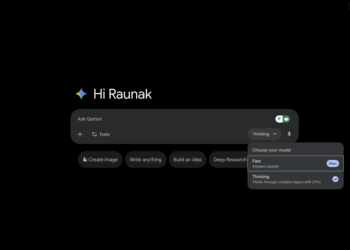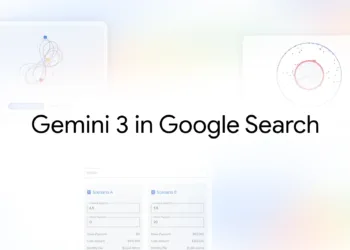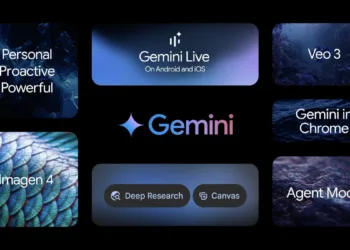Since permissions were added to Android as a platform, the Google Play Store has shown a list of all potential permissions that an app could use before installing that app. Now, the Play Store has removed that list.
Google started rolling out a new “Data safety” feature for the Play Store. The goal of the new section was to detail in clear wording what data apps had access to, and what they were doing with that data. As Abner Li broke down at the time, there are several different data types including location, personal info, messages, files, and more.
The new Data Safety part in Google Play Store
Every app listed on the Google Play Store traditionally has an overview of the Android OS permissions it requests from the system. Things ranging from benign and obvious stuff like access to network all the way to potentially a lot more problematic and sensitive things like access to contacts, the phone’s file system or location data.
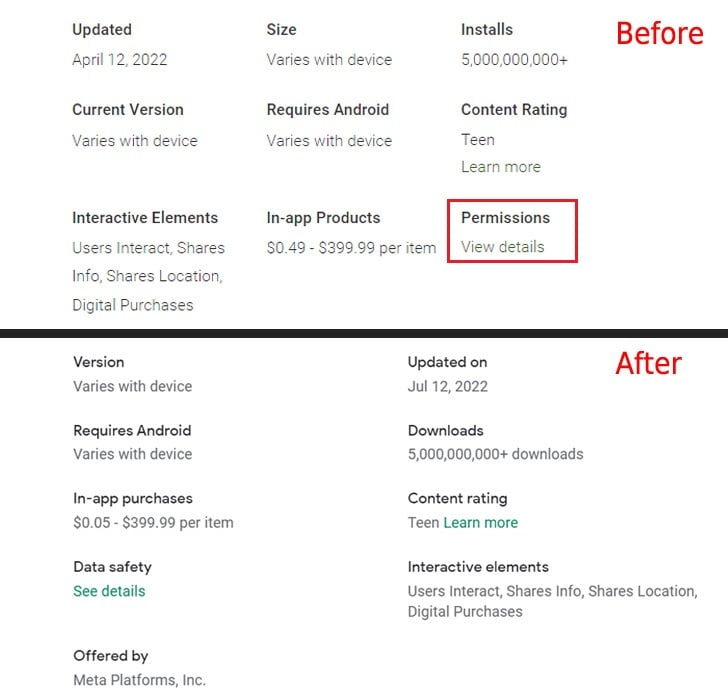
This list is auto-generated by Google by scanning a developer’s app files upon submission to the store. Hence, nothing can be omitted and not disclosed to the user intentionally or otherwise. Google requires that all Android app developers submit this information for their apps by July 20, 2022.
The brand new Data Safety part is solely populated by the developer. Google has an interface within the developer console of its Google Play Store that lists an entire array of non-public and system knowledge varieties that the developer has to undergo and disclose if and the way they’re being dealt with by their app.
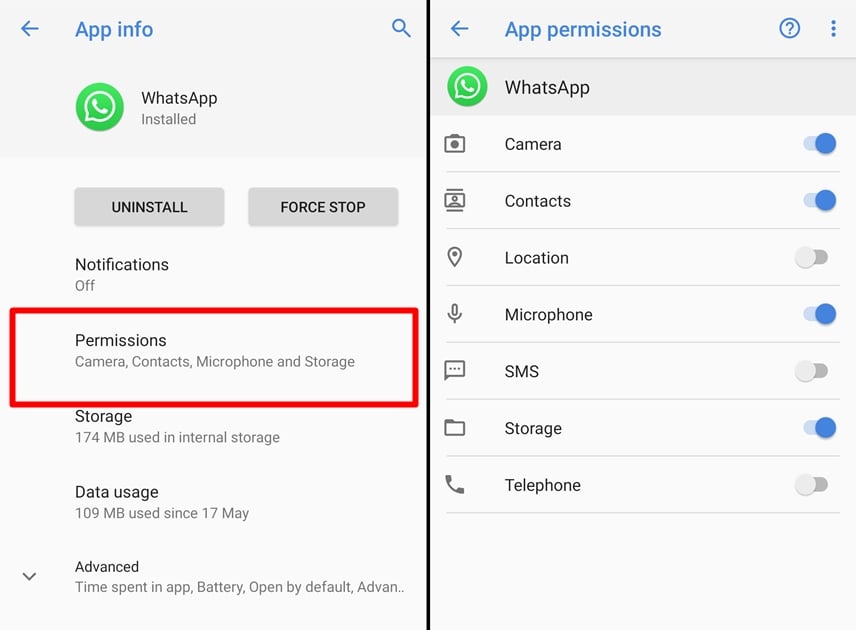
Is this is a bad change? Not necessarily. The one downside here is that the “Data safety” page isn’t quite as explicit with the exact system permissions an app is asking for. But on the other hand, this new page is considerably easier to understand for those not versed in Android’s ins and outs. For example, the location permission is often used by apps to detect nearby Bluetooth devices, which could lead to confusion.
But the one potential issue here is that the information on the “Data safety” page is provided by developers, rather than be auto-generated by the Play Store. That leaves potential room for nefarious actions on the page, and it’s unclear if Google is policing this information.


